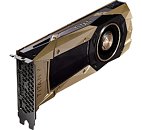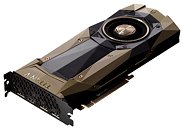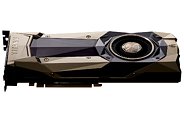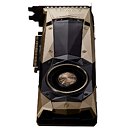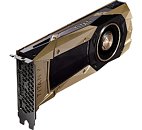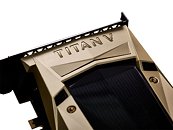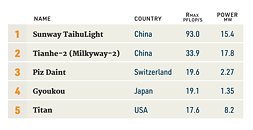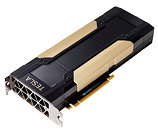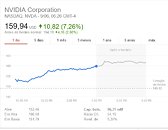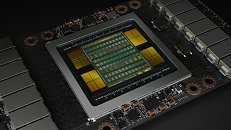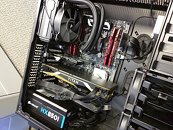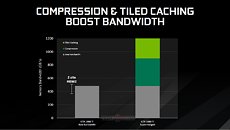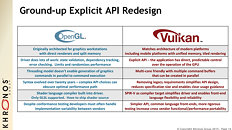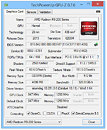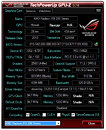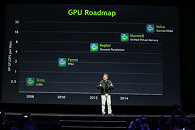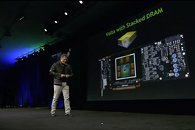
NVIDIA TITAN V Lacks SLI or NVLink Support
Earlier today, we brought you a story about NVIDIA TITAN V setting you back by up to $7,196 for two cards and two $600 NVLink cables. We got word from NVIDIA that the card neither features NVLink, nor supports SLI, and have since edited it. The NVLink fingers on the TITAN V card are rudiments of the functional NVLink interface found on the Tesla V100 PCIe, being developed by NVIDIA, as the TITAN V, Tesla V100, and a future Quadro GV100 share a common PCB. The NVLink fingers on the TITAN V are concealed by the base-plate of the cooler on one side, and the card's back-plate on the other; so the female connectors of NVLink bridge cables can't be plugged in.
With the lack of SLI support on what is possibly it's fastest graphics card based on the "Volta" architecture, NVIDIA seems to have responded to market trends that multi-GPU is dying or dead. That said, it would be interesting to see if professional overclockers chasing benchmark leaderboard glory pick up the TITAN V, as opposed to two TITAN Xp in SLI or four Radeon RX Vega 64 in 4-way CrossFireX.
With the lack of SLI support on what is possibly it's fastest graphics card based on the "Volta" architecture, NVIDIA seems to have responded to market trends that multi-GPU is dying or dead. That said, it would be interesting to see if professional overclockers chasing benchmark leaderboard glory pick up the TITAN V, as opposed to two TITAN Xp in SLI or four Radeon RX Vega 64 in 4-way CrossFireX.
